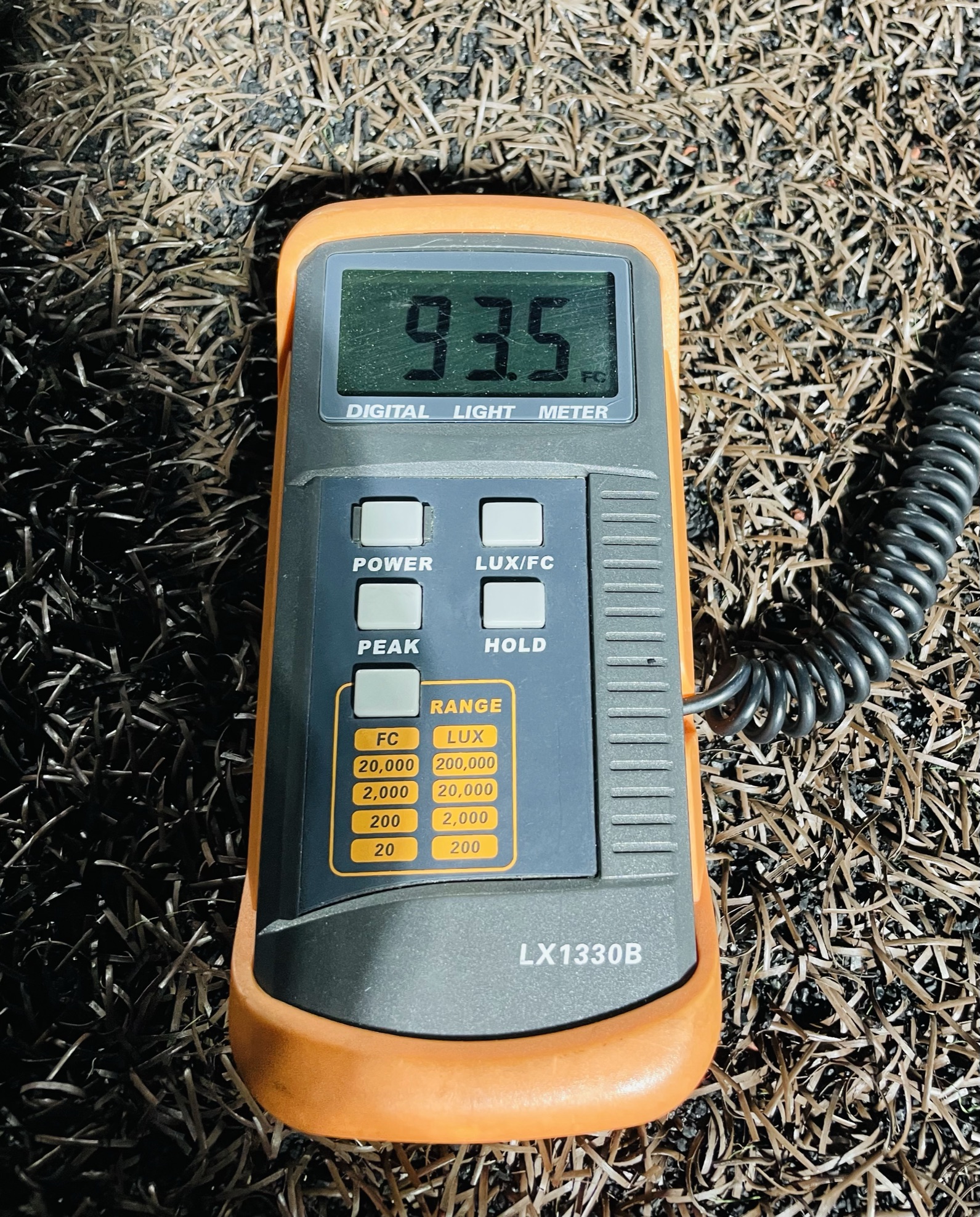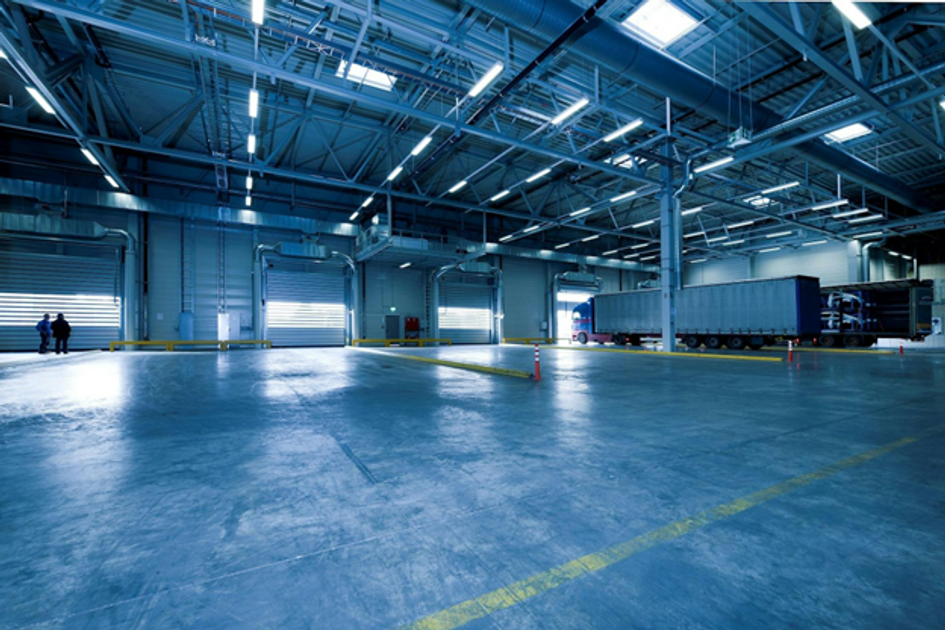103. Lumens vs. Foot Candles: What You Need to Know
By Leah • Jun 18, 2024
The lighting industry has experienced tremendous growth in the past ten years, with a vast array of energy-efficient LED lighting options now available for indoor and outdoor facilities. Commercial & industrial LED lighting, for instance, is the go-to option for diverse business applications.
Facility managers who are on the lookout for lighting products to enhance their facilities are faced with confusing lighting terminologies such as lumens and foot candles. Understanding these terms is particularly vital for making informed decisions about industrial and commercial lighting.
This article will explore the key differences between lumens and foot candles, offering clarity for those evaluating lighting options. OEO Energy Solutions helps managers realize their vision with lighting that delivers the appropriate illumination.
Before we explore their unique differences regarding commercial and industrial applications, let’s address each of them.
What is Lumen?

In simple terms, Lumen is the unit of measurement for the total amount of visible light emitted by a light source. It is often referred to as luminous flux. Unlike other metrics that seemingly measure the intensity or distribution of light, lumens particularly look at the amount of light as seen by the human eye - either from a lamp or luminaire.
When it comes to this sort of light measurement, the higher the lumen rating on a light source, the brighter the light appears. This measurement is essential in assessing the overall output of lighting fixtures and is a key factor in selecting an appropriate lighting solution for various applications. Lumens are typically measured using a device known as an integrating sphere, which captures and measures the total light emitted from a source in all directions.
How Lumens Relate to the Brightness of an Industrial Lighting Source
Below is a detailed exploration of how lumens (LM) relate to the brightness of industrial lighting sources:
- Perceived brightness. We’ve highlighted that lumens are the total amount of visible light emitted by a light source. Thus, the higher the lumen rating, the brighter it appears. So, for instance, a 30,000 lumens linear high bay fixture for industrial lighting has more brightness compared to a light source with 15,000 lumens.
- Comparative brightness. Lumens also provide the standard way to compare the brightness of different light sources. Traditional incandescent bulbs, for example, are rated by their wattage. However, wattage is the measurement of energy consumption and not brightness. Thus, modern industrial and commercial LED lighting are efficiently compared using lumens. Here’s a common scenario: a typical 60W incandescent bulb emits about 800 lumens. However, an LED bulb consuming 10W also emits about 800 lumens, providing the same brightness with significantly less energy use.
- Application suitability. Knowing the lumen output is crucial for selecting the right lighting for specific applications. For example, while a living room might require a total of 3,000 lumens to ensure adequate brightness, a warehouse might need significantly more lumens for proper visibility. It’s not uncommon to use 20,000 to 30,000 lumen LED fixtures in a warehouse lighting application.
Understanding how lumens function will allow you to make informed decisions about commercial, industrial, sporting, and even warehouse lighting, ensuring you choose products that provide the desired level of brightness.
What are Foot Candles?

Foot candle (FC) is the measurement of the intensity of light in a specific area. The word “foot candles” is derived from an era where candlelight was a major light source, as measured by candlepower. With that in mind, today’s foot candles are the measure of the amount of light that reaches a surface.
This measure is vital because it will help you ascertain how well-lit your indoor or outdoor facility will be. A foot candle is equal to about 10 lumens or one lux.

How Foot Candles Relate to the Amount of Light That Falls on a Surface
Foot candles are a direct measure of the amount of light reaching a specific area. Below is a detailed explanation of this relationship:
- Ensuring adequacy. Industrial foot candles allow designers and industrial facility managers to ensure that areas meet the required lighting standards for workplace productivity, comfort, and safety.
- Balancing efficiency. It is also essential that foot candle measures prevent over-illumination, which may lead to unnecessary energy consumption and costs.
- Application-based lighting. Different environments and tasks require different levels of foot candles. For instance, while a general office might require industrial lighting of between 30 to 50 fc, a mechanical warehouse may require 100 foot candles or more for proper lighting.
In all, foot candles for commercial lighting are a practical measure of the amount of light that falls within a specific surface, and thus, provide essential information for designing lighting solutions to meet those specific needs.
What’s the Difference Between Lumens and Foot Candles?

From the explanation below, it almost appears that lumens and foot candles are quite similar. However, in hindsight, these terminologies are as distinct as they come. Understanding the core difference between them is crucial for seamlessly evaluating and implementing industrial lighting solutions for your spaces. Here’s how they differ:
- Measurement focus. From its definition, lumens (LM) measure the total amount of visible light from a light source and quantifies that output in all directions. However, foot candles (FC) measure the intensity of light on a specific surface area and thus quantify how much light illuminates a one-square-foot area.
- Usage context. Lumens are generally used to describe the brightness of LED lighting or fixtures. Thus, a higher lumen rating means a brighter light source. On the other hand, foot candles are used to evaluate the effectiveness of lighting in a particular space. So, for example, an industrial lighting system with a higher foot candle readings means more light on a specific space.
The major takeaway from all this is that lumens are the total output from a light source, while foot candles measure how much of that light illuminates a particular area. Both metrics are interconnected but distinct.
Industrial and Commercial Lighting Applications of Lumens and Foot Candles
Lumens and foot candles are used in diverse applications. Understanding their respective roles is essential in installing effective lighting solutions. Let’s look at them:
- Warehouses. In a warehouse setting, LED lighting with a high-lumen output is vital for ensuring sufficient overall brightness, especially in large areas with high mounting heights. Warehouse areas with specific task requirements, such as loading docks or machining stations, might require targeted lighting with higher foot candles to ensure safety and accuracy. In general, a recommended range for warehouse lighting is between 10 to 30 foot candles.
- Offices. According to official standards, offices and workspaces need a balanced amount of lumens (500 per square meter) to create a well-lit environment that is not too bright or too dim. On the other hand, these workspaces require classroom lighting between 30 to 50 foot candles to provide sufficient lighting for reading and writing, reducing eye strain and fatigue.
- Retail spaces. Shopping malls and retail spaces require high lumen output to attract customers and highlight products exquisitely. These spaces also need lighting with higher foot candles to ensure products are properly lit and appealing. We might see typical readings in general retail settings between 20 to 80 foot candles.
- Classrooms. Classrooms need a sufficient amount of light to maintain a conducive learning environment. Similar to office environments, these spaces require 30 to 50 foot candles to ensure that students can read and write comfortably without straining their eyes. Presentation areas might need higher levels of lumens and foot candles.
- Indoor sporting facilities. Indoor basketball courts, gymnasiums, and other sporting facilities would require lighting with high lumens to promote general brightness for both spectators and athletes. And depending on the Class (elementary, high school, college, pro or division 1), foot candle requirements will vary with ranges from 30 to 125+ foot candles.
- Outdoor lighting. Parking lots, streets, and highways need lighting with enough light to cover extended areas and ensure visibility and safety, particularly at night. Likewise, pathway lighting and entrances need enough light output to ensure visibility and safety. Exterior lighting requirements are typically less than indoors with foot candle recommendations often between 1 to 3 foot candles for open parking, 5 foot candles for covered parking, 1 foot candle for general outdoor building perimeter, up to 12.5 foot candles for gas station canopy areas.
It is important to utilize the proper lighting for specific applications, as it will effectively affect productivity and general comfort.
Importance of Considering Both Lumens and Foot Candles

Lumens and foot candles are lighting terminologies you should consider for lighting at your facility. But why should you do so?
- Optimal illumination. Balancing the right lumen output and foot candles ensures that the lighting is bright enough to illuminate general areas and adequate to carry out specific tasks seamlessly.
- Energy efficiency. Understanding lumens and foot candles will enable you to choose energy-efficient solutions that provide the right balance of brightness for general and specific tasks without excessive power consumption.
- Compliance and standards. Different industries have diverse lighting standards and regulations expressed in lumens and foot candles. Complying with these standards is essential for operational safety and efficiency.
Understanding both lumens and foot candles is essential for selecting appropriate lighting solutions for industrial, commercial, educational, and sporting spaces. Knowing the difference and balancing these two metrics will enable you to foster environments that are safe, productive, and visually appealing.
OEO Energy Solutions is a leading LED lighting supplier dedicated to assisting owners, managers, creative directors in bringing their vision to life in the best way possible. We have a wealth of experience and can help you choose the right light for your application.
Contact us today to learn about our unique services and how you can transform your lighting options. Feel free to call our lighting experts at (800) 553-2112 or email [email protected].
